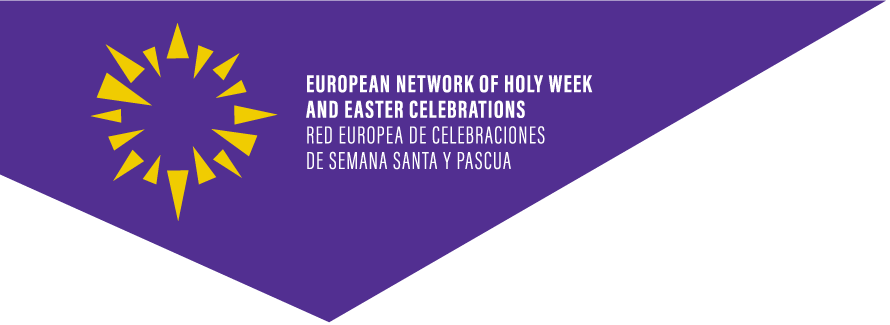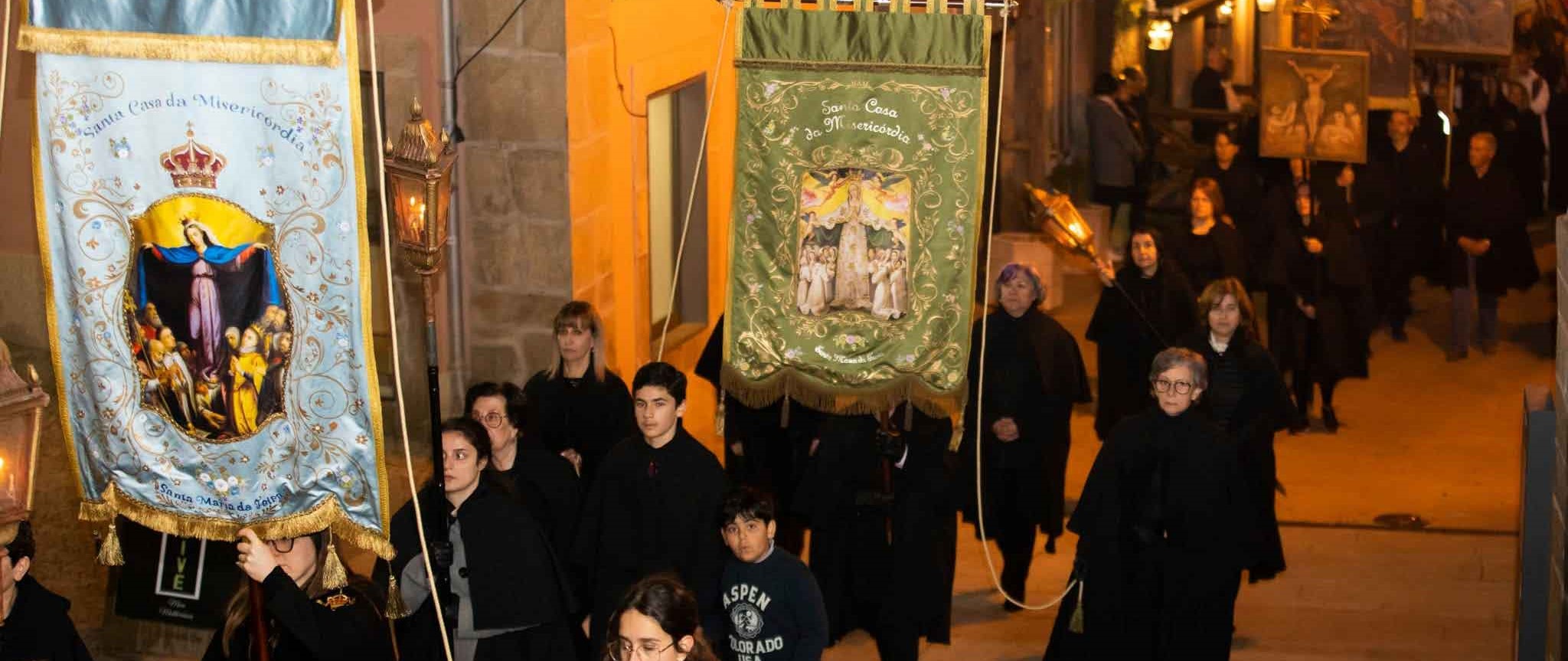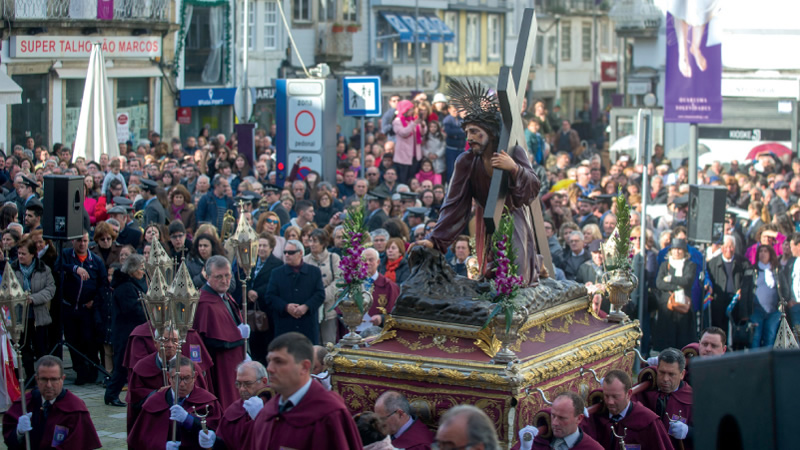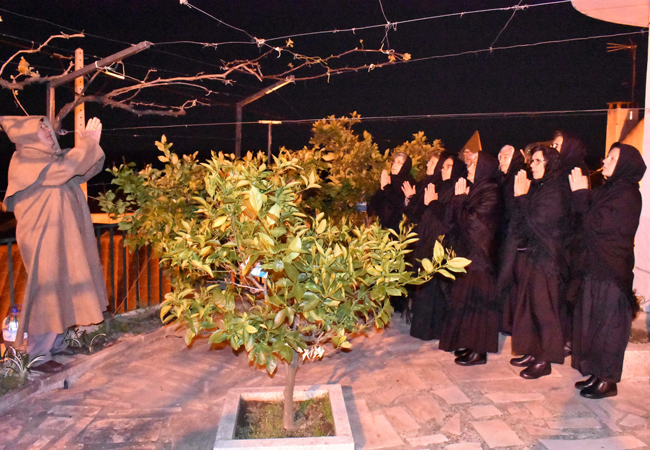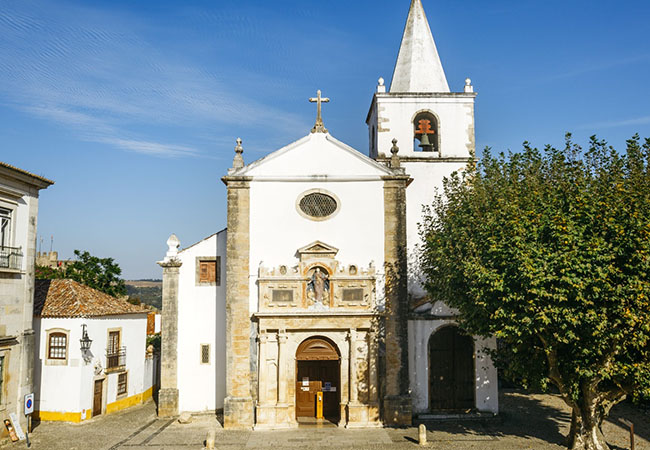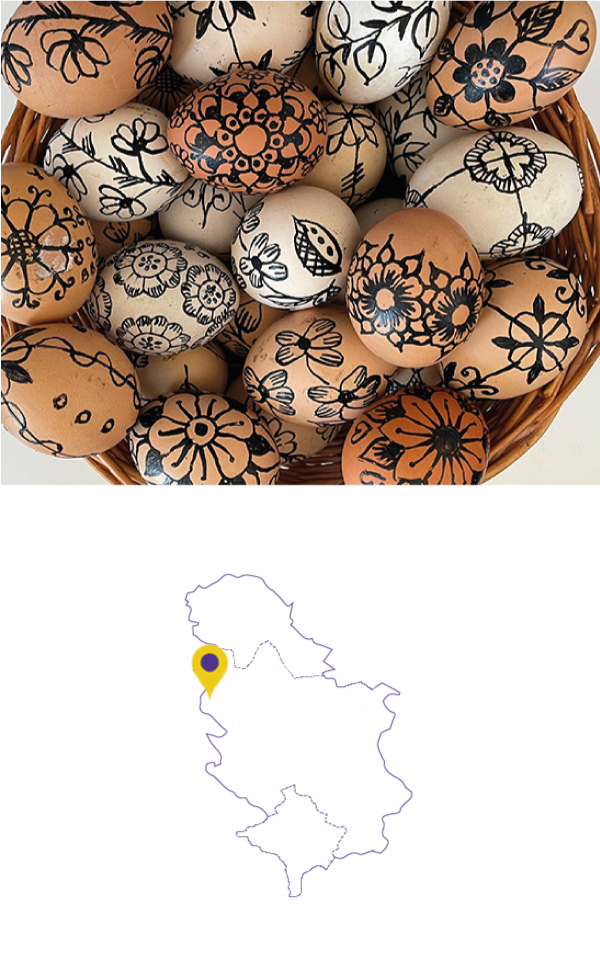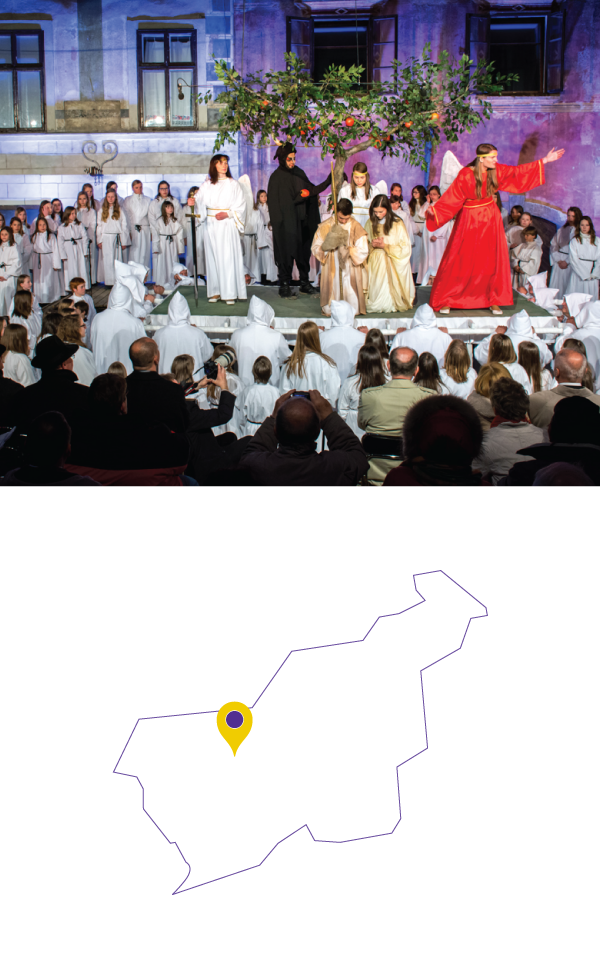In an act of humility, Jesus washes the feet of his disciples and shares the bread and wine at this Last Supper, which represents the first scene of this recreation, anticipating the prelude to the Prayer in the Garden of Gethsemane and the prison of Jesus, which makes up the second scene of the representation. The third and final act recreates Jesus before the Jewish court, the Sanhedrin, where he is tried and found guilty of blasphemy, opening a process that will lead him to Pilate and the consequent crucifixion, which takes place on the Way of the Cross, on Good Friday.
Procession of the Endoenças or the Triumph or Ecce Homo Procession
The Procession of the Endoenças, organized by the Santa Casa da Misericórdia da Feira since the mid-eighteenth century, is one of the highlights of Holy Week for its deep introspection and the symbolism it entails. This ancient Procession in Santa Maria da Feira, on the evening of Holy Thursday, after the Celebration of the Evening Mass of the Lord’s Supper, from the Church of Misericórdia to the Church of the Convent of Lóios with its return, carries the Lord Ecce Homo, Saint John the Evangelist, the Lord of the Steps, the Reclining Christ and the Lady of Sorrows, together with the Banners and Flags and representative figures, in a demonstration of the deep popular religiosity, particularly visible in the symbols and rituals of this penitential celebration.
Historical recreation of the “Way of the Cross”
On the night of Good Friday, the path of Jesus, from Pilate’s Praetorium to Mount Calvary, has been recreated by the Grupo Gólgota for more than 30 years. The tour begins at the Palace of Justice with the ‘Trial and Condemnation of Jesus’. Subsequently, the road to Calvary begins with a stop at various points in the city, recreating and congregating the different stations of the Way of the Cross: on the stairs of the Church of Misericórdia, Jesus meets his Mother, Veronica and the Women of Jerusalem; later, in an extra scene to the stations of the traditional Way of the Cross, the ‘Trial of Jesus in the public square’. Then, on the stairs of the Church of the Convent of Lóios, ‘Cireneu helps Jesus to carry the Cross’, following the road, to the Castle of the city, where the Crucifixion, Death and Resurrection of Jesus is recreated.
On the other hand, it is worth highlighting the important work carried out in the academic and scientific field and thanks to it documentary collection, the Santa Casa da Misericórdia da Feira, recently organized within the framework of the MISERERE project, as well as the documentation treasured by the Municipal Archive and the Museum of the Convent of Lóios. Equally important is the work of disseminating and revitalizing the religious and architectural heritage, with guided tours, exhibitions or concerts of sacred music hosted by the Convent of Lóios, the Church of Misericórdia and the Church of the Passionists.
